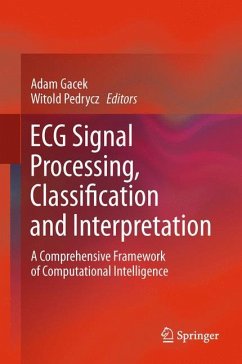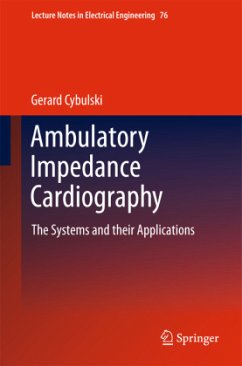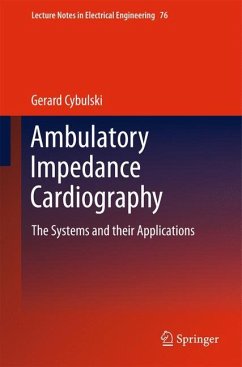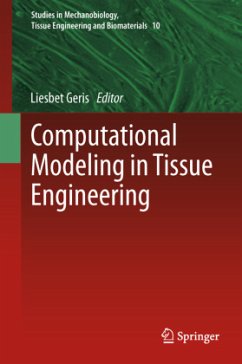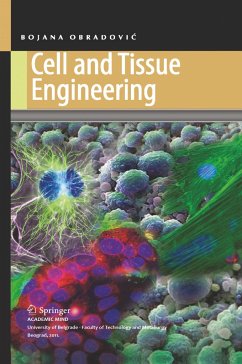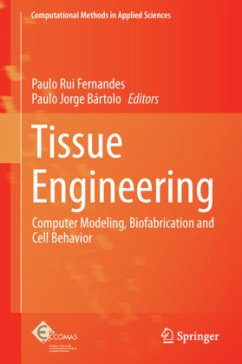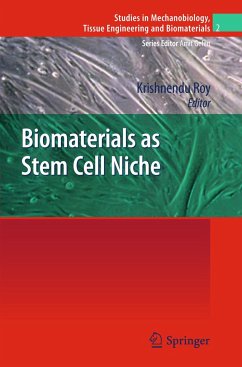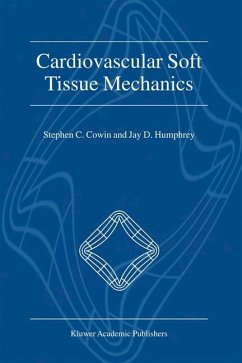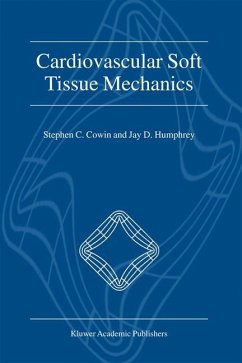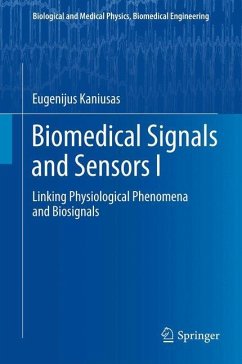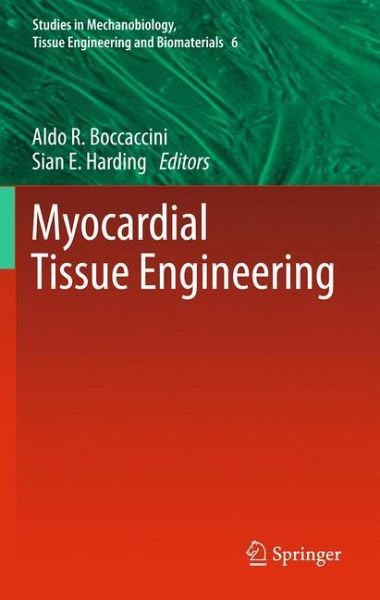
Myocardial Tissue Engineering
Versandkostenfrei!
Versandfertig in 6-10 Tagen
113,99 €
inkl. MwSt.

PAYBACK Punkte
57 °P sammeln!
Myocardial tissue engineering (MTE), a concept that intends to prolong patients' life after cardiac damage by supporting or restoring heart function, is continuously improving. Common MTE strategies include an engineered 'vehicle', which may be a porous scaffold or a dense substrate or patch, made of either natural or synthetic polymeric materials. The function of the substrate is to aid transportation of cells into the diseased region of the heart and support their integration. This book, which contains chapters written by leading experts in MTE, gives a complete analysis of the area and pres...
Myocardial tissue engineering (MTE), a concept that intends to prolong patients' life after cardiac damage by supporting or restoring heart function, is continuously improving. Common MTE strategies include an engineered 'vehicle', which may be a porous scaffold or a dense substrate or patch, made of either natural or synthetic polymeric materials. The function of the substrate is to aid transportation of cells into the diseased region of the heart and support their integration. This book, which contains chapters written by leading experts in MTE, gives a complete analysis of the area and presents the latest advances in the field. The chapters cover all relevant aspects of MTE strategies, including cell sources, specific TE techniques and biomaterials used. Many different cell types have been suggested for cell therapy in the framework of MTE, including autologous bone marrow-derived or cardiac progenitors, as well as embryonic or induced pluripotent stem cells, each having theirparticular advantages and disadvantages. The book covers a complete range of biomaterials, examining different aspects of their application in MTE, such as biocompatibility with cardiac cells, mechanical capability and compatibility with the mechanical properties of the native myocardium as well as degradation behaviour in vivo and in vitro. Although a great deal of research is being carried out in the field, this book also addresses many questions that still remain unanswered and highlights those areas in which further research efforts are required. The book will also give an insight into clinical trials and possible novel cell sources for cell therapy in MTE.





